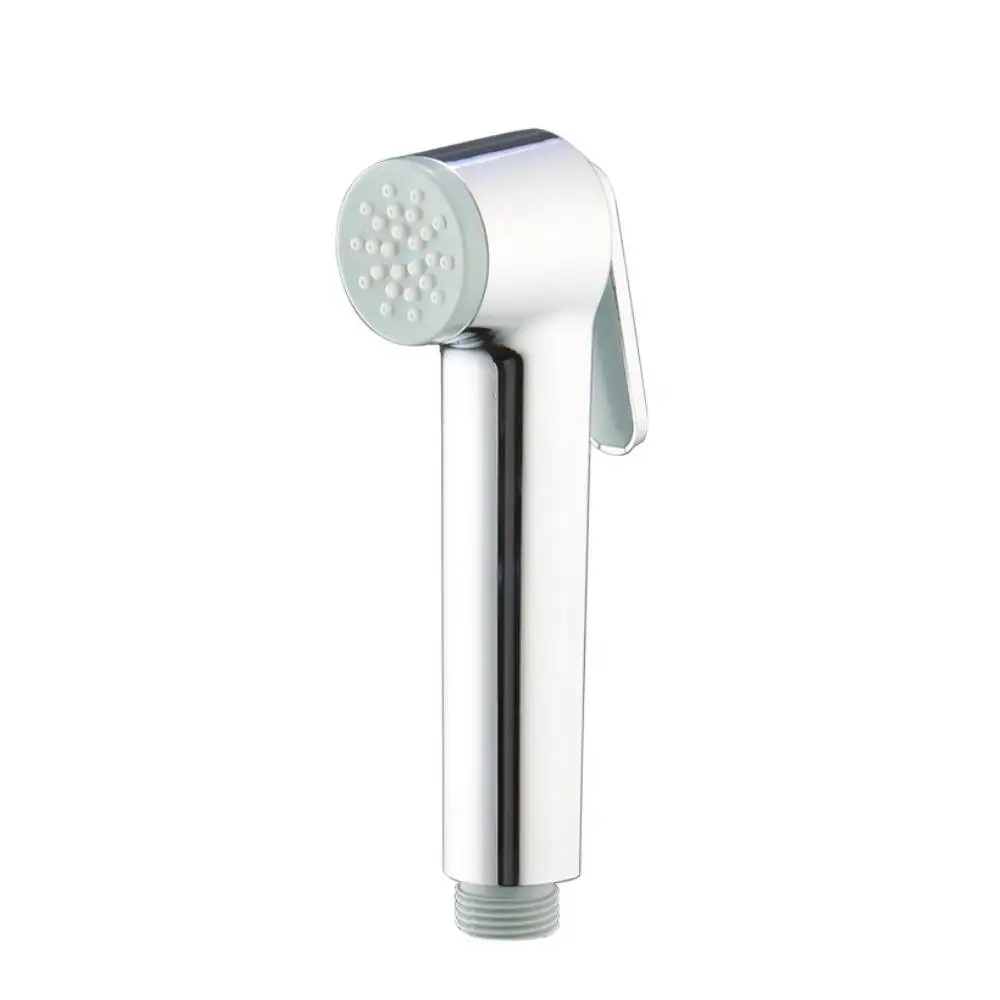
Getting started with the caravan. Volume. 2 – driving in city traffic
Content
- Driving a car on increasingly congested and difficult city roads is no fun. When you need to get into the hustle and bustle with a caravan on the hook, you need to be a little more prepared, focused and forward-thinking. You need to think for yourself and other road users.
- Plan your route
- Stick to the same principles
- Watch your speed
- Park where you can
Driving a car on increasingly congested and difficult city roads is no fun. When you need to get into the hustle and bustle with a caravan on the hook, you need to be a little more prepared, focused and forward-thinking. You need to think for yourself and other road users.
Drivers towing caravans, compared to campervan drivers, are much less likely to try to drive into a city centre, let alone park there. This is hardly surprising. Pushing a 10-12 meter set is often difficult.
Plan your route
If we are forced to drive through an unknown city, for example due to the lack of a bypass road, it is worth planning such a route in advance. Nowadays, satellite maps and increasingly sophisticated navigation are a very useful tool. The route is worth exploring virtually, even from home.
Stick to the same principles
We should drive in the right lane, maintain an appropriate distance from the car in front and pay attention to other drivers (who do not always sympathize with us and understand the difficulty of towing a trailer). It is equally important to be especially careful at pedestrian crossings.
Watch your speed
Obviously, when driving through populated areas, you should regulate your speed in accordance with the current rules and signs. Most often this is the legal speed limit of 50 km/h or less. It is important to know that in populated areas where the speed in a certain area is increased by sign B-33, for example, to 70 km/h, this does not apply to drivers of road trains. In this regard, it is worth considering § 27.3. Decree of the Ministers of Infrastructure, Internal Affairs and Administration on road signs and signals.
Follow infrastructure and signs
When towing a trailer, be aware of any narrow spots, high curbs, minimalist carousels or low-hanging tree branches that often limit clearance for taller vehicles. If you are not careful in this regard, it can be painful. Low viaducts are also no friend to caravanners. It is worth knowing that the previous sign B-16 does not provide information about the height of the viaduct above the road surface. Its definition “prohibition on the entry of vehicles with a height of more than ... m” means a ban on the movement of vehicles whose height (including with cargo) exceeds the value indicated on the sign. It is equally important to comply with the ban imposed by signs B-18. The sign “Prohibition on the entry of vehicles with an actual gross weight of more than ....t” means a ban on the movement of vehicles whose actual gross weight exceeds the value indicated on the sign; In the case of a combination of vehicles, the prohibition applies to their total weight. We also return to the topic of packing and weighing the kit. Knowledge of its actual mass seems valuable, for example in relation to such signs.
Park where you can
Finding a place to park your travel trailer for a few hours can be a difficult and cheap task. When we decide to unfasten the kit and leave only the caravan in the parking lot, consider the definition of the D-18 sign, which we know, but is not always interpreted correctly. Lately, we often hear about services that comply with the definition of this attribute, especially in conditions of a limited number of places on the CC. Sign D-18 “Parking” means a place intended for parking vehicles (road trains), with the exception of motorhomes. The T-23e sign placed under the sign means that caravan parking is also permitted in the parking lot. So let's pay attention to the labels so as not to lose money due to fatigue or inattention.
Despite many restrictions, it should be noted that the condition of roads and infrastructure is getting better, and the number of bypass roads being built in large cities and agglomerations is beginning to bring us closer to the civilized countries of Western Europe. Thanks to this, we have less and less need to travel to city centers with a caravan. If we're going to anchor there, it's worth checking out the locations of the camper parks. More and more cities have their own, with the necessary infrastructure, thanks to which you can park and spend the night without stress. It’s worse when such an urban camper park is marked only with the D-18 sign... but this is a topic for a separate publication.

